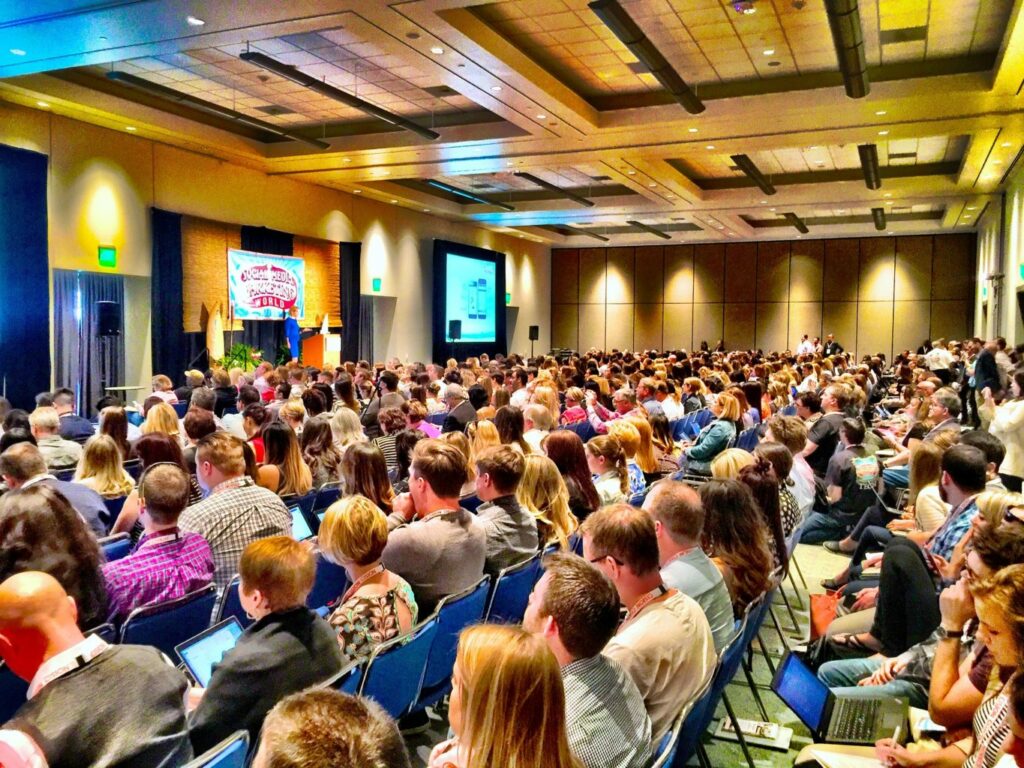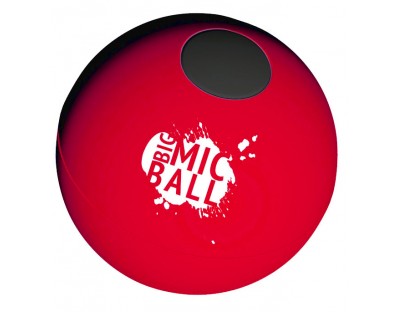Leading a Q and A session at the end of a speech or presentation is something many speakers (and their clients) worry about. Everything from managing the questions, the questions being heard to the speaker not being able to answer the question are all added concerns.
Along my travels when I have been speaking, I have come across a number of technical devices that can assist speakers in managing the Q and A sessions. Some are more effective than others, and as with any new technology, there are aspects that are ‘shiny objects’. Here are a couple I have come across.

There are plenty of speaking events where there are very large audiences. Managing Q and A’s with microphones and assistants running around to get the microphone to the person as well as the speaker being able to see everyone who wants to ask questions. If there are loads of questions, how does the speaker (or the organiser) ensure you don’t run over time? Two systems I have been asked to work with are Sli.do and Glisser. In both cases, the audience downloads an app onto their phones and they are able to post questions throughout the talk. The speaker can set up questions (and polls) throughout the talk so there is some interaction throughout the talk which I think is a great feature. It also works for large audiences.
However, having been in audiences when some of this software is used, as well as being a speaker, I can see some of the pitfalls as well as benefits! For one of the systems, there was an option for the questions to be displayed on the big screen (on the stage); people were voting for questions they wanted answered and comments (some very rude about the speaker) were displayed. It was very disruptive for the speaker and trolling – which it was in one case, wasn’t being managed. As a speaker when you see people on their phones all the time, there is going to be a little voice wondering if everyone is checking their emails! So I would recommend, if you are told this is a system that will be used that:
- You ask that the questions aren’t displayed on the screen on stage during your speech
- That you have the opportunity to familiarise yourself with the software BEFORE the event: that they send you an account to play with.
- That on the day you have the chance to run through using the software before you speak, with the technical staff
Another tool you can use to interact with your audience is a large microphone – or microphone ball! Of course there is an element of it being a gimmick, but if used effectively, it can assist in really engaging your audience at the beginning of a speech and also make it easier for your audience to be heard when they ask questions.

This can be great fun, and I have seen audiences loving being able to hold the ball and be heard. One downside is that if you are like me: I have no eye hand co-ordination so drop things that are thrown to me, there are going to be some members of the audience who panic about the ball being thrown at them and then dropping it! Yep: that happened to me and it was humiliating. So again, use in a positive way, and it can be fun for the Q and A section of a speech.
In the end, technology to assist speakers is a good thing, particularly for the Q and A section. However, these tools need to be used effectively, so the speaker is still able to “Do their thing well”. No technology will replace a good speaker who is able to engage and entertain an audience, even if the technology claims to make speeches more engaging! It is up to the event planner to book great speakers to do that!

 Facing your Fears with Gosia Gorna
Facing your Fears with Gosia Gorna